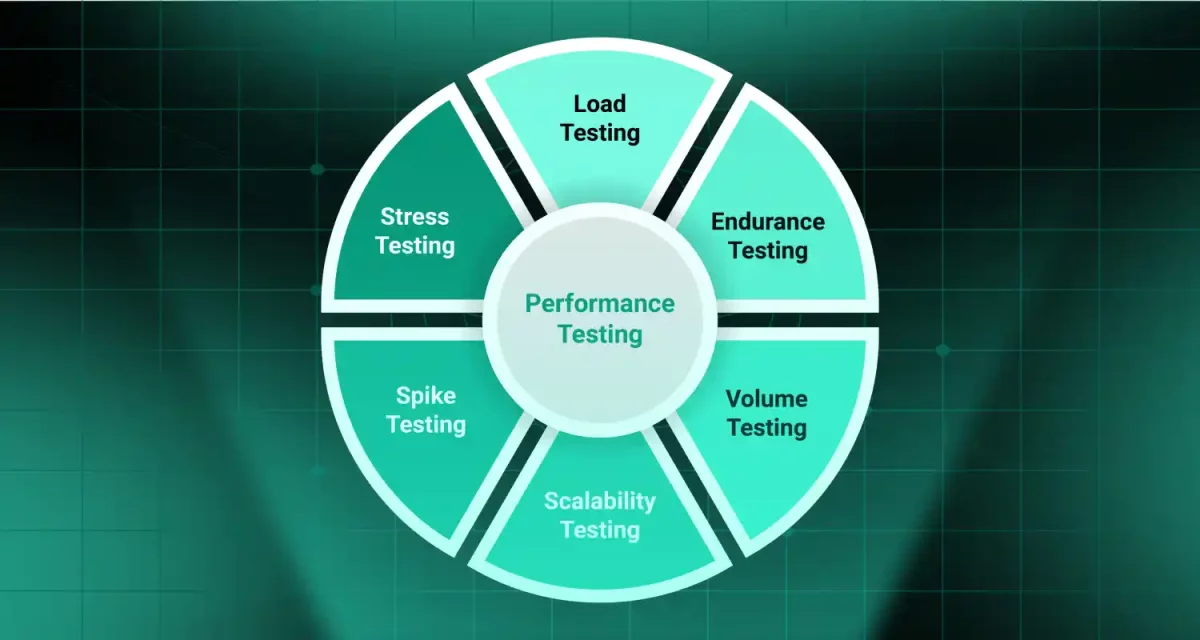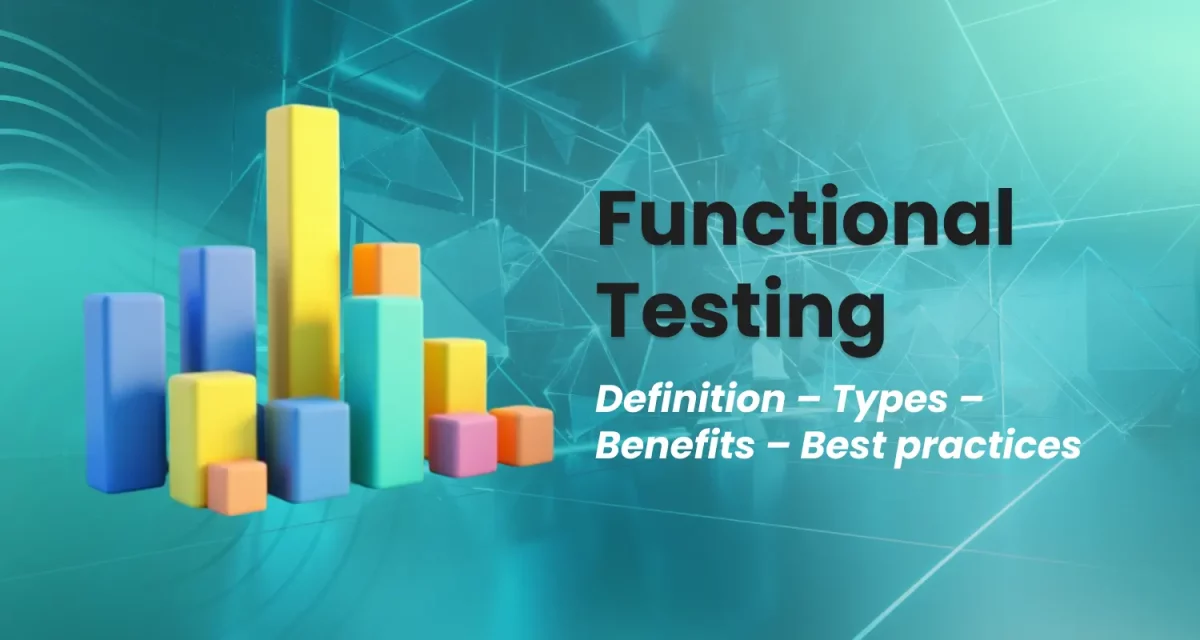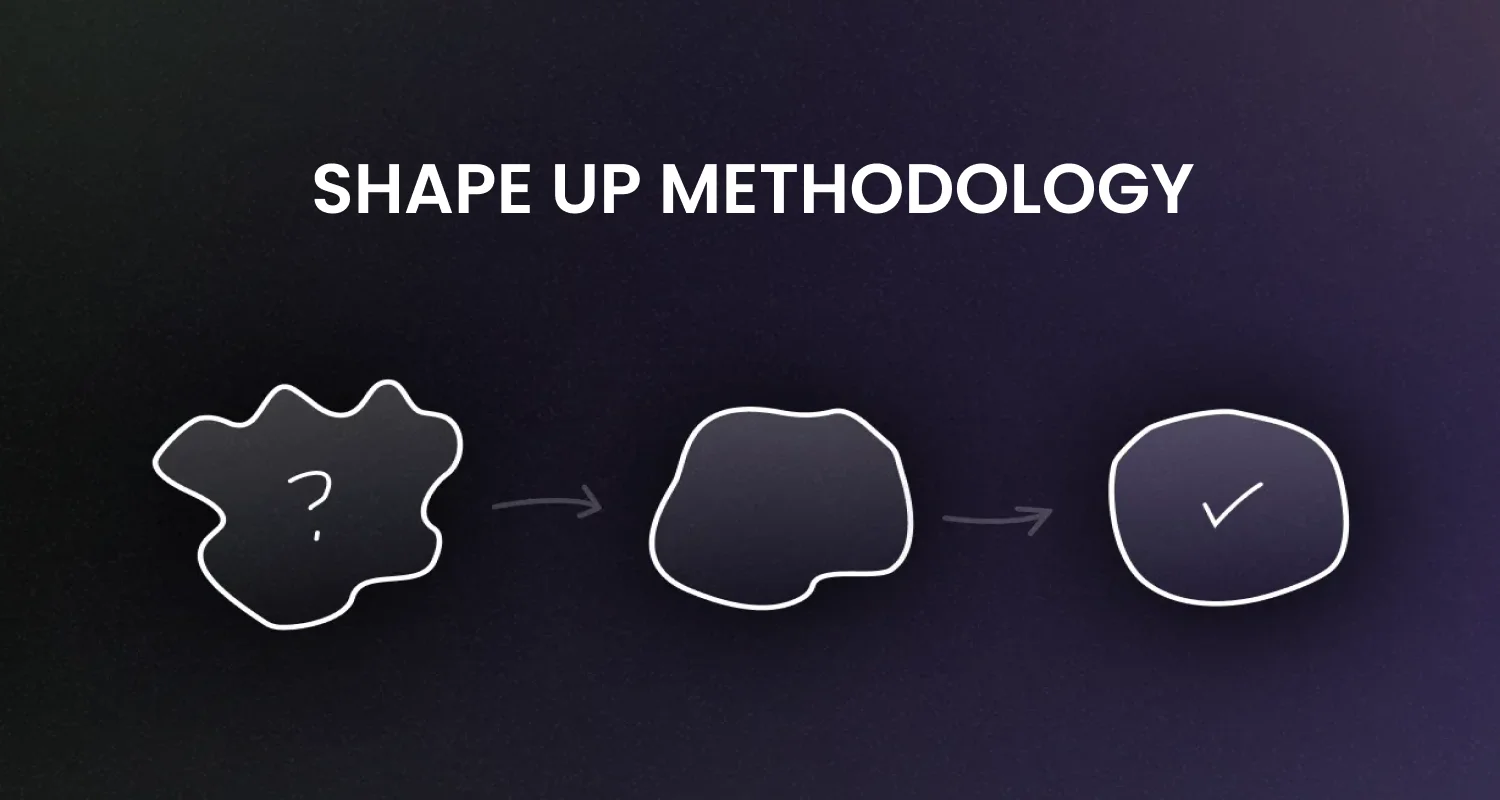
Traditional software development often struggles with scope creep and missed deadlines. Shape Up Methodology, developed at Basecamp by Ryan Singer, offers a refreshing alternative by prioritizing focused work within fixed time constraints.
This blog aims to provide a comprehensive understanding of Shape Up’s principles, processes, and benefits, comparing it to traditional approaches like Scrum and offering practical implementation insights.
1. What is the Shape Up Methodology?
The Shape Up methodology is a structured, project-based approach to software development designed to prioritize focused work and deliver meaningful results within fixed timeframes. Unlike traditional Agile methods that emphasize continuous iteration and evolving backlogs, Shape Up advocates for shaping work into well-defined projects, betting on the most valuable initiatives, and giving teams the space to build without constant interruptions. It’s a method that emphasizes finishing what you start and delivering complete, impactful features.
Shape Up revolves around three key phases: Shaping, Betting, and Building.

Read more >>> Rapid Application Development Model in Software Development
2. Step-by-step guide to implementing the Shape Up development process
2.1. Shaping: Defining the problem and solution space
“Work shaping” is the crucial first step in Shape Up. It involves taking raw ideas or problems and transforming them into well-defined project pitches. This process goes beyond simply outlining features; it’s about understanding the core problem, sketching a potential solution, and establishing clear boundaries for the project. Shaping is about creating a rough, but well-defined, solution space that allows the building team to work within defined constraints.
Shaped pitches are concise documents that articulate the “what” and “why” of a project, not the “how.” They include:
- A clear problem statement.
- A rough sketch of the solution.
- Consideration of potential risks and trade-offs.
- “Fat marker sketches” that convey the general layout and flow of the idea.
The goal is to provide enough detail to allow for informed decision-making during the betting phase, without dictating every implementation detail.
Shaping increases efficiency by preventing wasted effort on poorly defined projects. By investing time upfront to understand the problem and solution space, teams avoid mid-cycle scope creep and rework. Shaped pitches also provide a clear communication tool, ensuring everyone is aligned on the project’s goals and boundaries.
Read more >>> Spiral Model in Software Development | Definition, Advantages, Disadvantages & Six Invariants
2.2. Betting: Prioritizing and committing to projects
The “betting table” is a metaphorical or literal meeting where project pitches are presented and discussed. Stakeholders, including product managers and development leads, review the shaped pitches and decide which projects to commit to for the next six-week cycle. The betting table’s purpose is to align the team on which projects are most valuable and feasible.
Projects are selected based on their potential impact, feasibility, and alignment with overall business goals. The betting table uses a combination of intuition, data, and discussion to prioritize projects. The intent is to select the projects that can provide the most value within the fixed six-week timeframe.
The betting phase is a vital part of the Shape Up development process, by ensuring that the most valuable projects are chosen. This phase prevents teams from working on low value tasks, and allows for the most efficient use of development time.
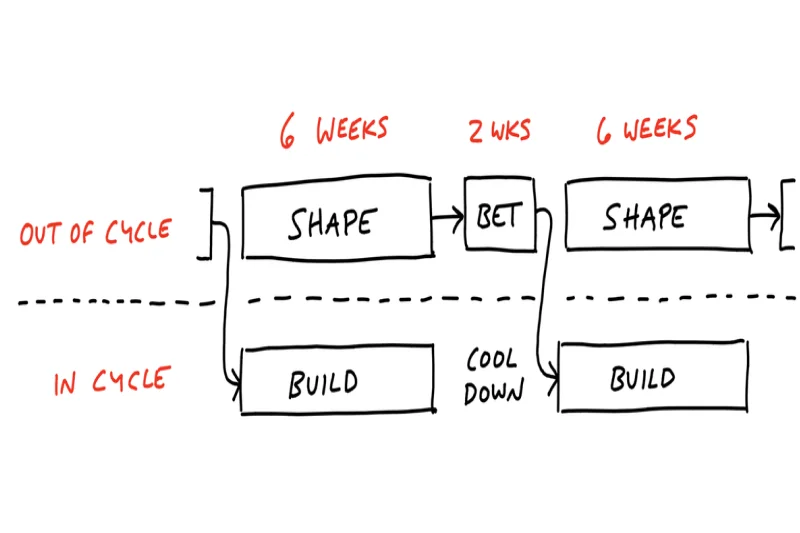
2.3. Building: Focused development within 6-week cycles
Once projects are selected, development teams have six weeks to build them. During this time, the focus is on execution. There are no interruptions from new requests or feature additions. Teams are empowered to work autonomously and make decisions within the defined scope.
Autonomous teams are essential to the success of Shape Up Methodology. They are given the freedom to make technical decisions and manage their own workflow. This autonomy fosters ownership and accountability, leading to increased productivity and higher-quality code.
The building phase is the core of this development process. It is where the shaped work is brought to life. The six week cycles allow teams to focus, and deliver consistent results.
2.4. Cooldown: Reflection and preparation
Following the six-week build cycle, teams enter a two-week “cooldown” period. This period is not for planning the next cycle, but for addressing bugs, polishing features, and exploring new ideas.
The cooldown period serves several important functions:
- It provides a buffer for unexpected issues.
- It allows teams to reflect on the previous cycle and identify areas for improvement.
- It allows for exploration of new ideas, and small improvements that do not justify a full 6 week cycle.
- It gives teams a mental break before starting a new cycle.
Read more >>> Exploring Nearshore Agile Development: Benefits and Best Practices
3. Key benefits of adopting the Shape Up Method in software teams
3.1. Enhanced focus and reduced context switching
One of the most significant benefits of Shape Up is its ability to foster deep focus. The fixed six-week cycles, coupled with the absence of mid-cycle interruptions, allow development teams to immerse themselves in their work.
This sustained concentration drastically reduces context switching, a notorious productivity killer. By eliminating the constant barrage of new requests and shifting priorities, Shape Up creates an environment where developers can achieve a state of flow, leading to higher-quality code and faster delivery.
3.2. Improved predictability and reduced scope creep
Shape Up’s emphasis on fixed time and variable scope leads to greater predictability in project delivery. By setting clear boundaries and adjusting the scope as needed, teams can consistently deliver valuable features within the allocated timeframe. This approach minimizes the risk of scope creep, a common pitfall in traditional development methodologies.
The structured process of shaping and betting ensures that projects are well-defined and prioritized, reducing the likelihood of unexpected changes or delays. Stakeholders gain a clearer understanding of what will be delivered and when, fostering trust and transparency.
3.3. Increased autonomy and ownership for development teams
Shape Up empowers development teams by granting them significant autonomy. Once a project is bet on, the team is entrusted to execute it within the defined scope. This freedom allows developers to make technical decisions, manage their workflow, and take ownership of their work.
This increased autonomy fosters a sense of responsibility and accountability, leading to greater motivation and engagement. Teams are encouraged to find innovative solutions and take pride in their work, resulting in higher-quality output and a more fulfilling development experience.

4. Comparing Shape Up and Scrum methodologies in software projects
Shape Up vs Scrum, while both aiming for efficient software development, diverge significantly in their underlying philosophies.
Scrum, rooted in iterative and incremental development, emphasizes continuous adaptation through short sprints and daily stand-ups. It thrives on a dynamic backlog and evolving requirements. Shape Up, on the other hand, prioritizes focused, project-based work within fixed six-week cycles. It emphasizes shaping work upfront, betting on projects, and giving teams autonomy to build within predefined boundaries.
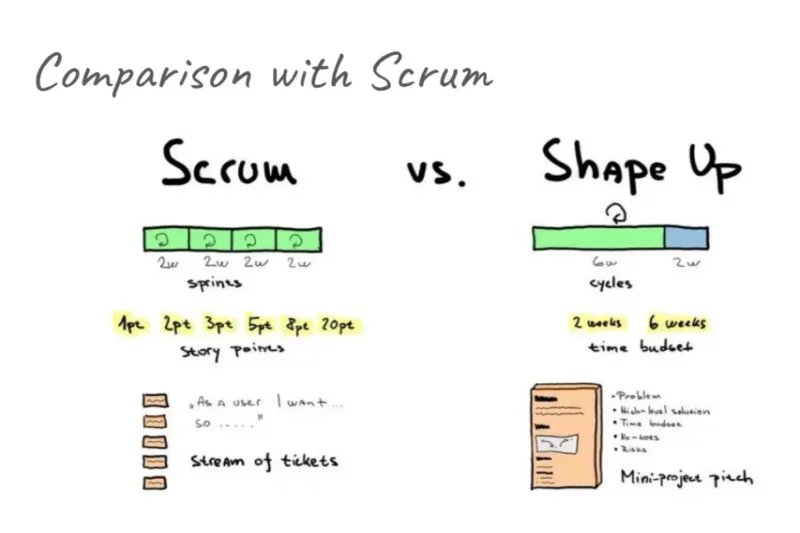
While Scrum is highly iterative, Shape Up is more project-oriented, focusing on delivering complete features within a set timeframe. This leads to a key philosophical difference: Scrum is built to respond to change constantly, while Shape Up is built to deliver on a focused plan.
- Cycle lengths: Scrum typically uses short sprints, often two weeks, allowing for frequent adjustments. Shape Up employs fixed six-week cycles, providing teams with more time for deep work.
- Roles: Scrum defines specific roles like Product Owner, Scrum Master, and Development Team. Shape Up emphasizes autonomous project teams without rigid role definitions.
- Planning processes: Scrum’s planning involves detailed sprint planning, backlog refinement, and daily stand-ups. Shape Up’s planning centers around shaping pitches and betting on projects, with less focus on granular task breakdowns. Scrum has a very detailed and continuous planning process, where Shape Up planning is more of a periodic process.
- Backlogs vs. shaped pitches: Scrum uses a constantly evolving product backlog. Shape Up uses shaped pitches that are selected for a specific cycle.
5. Transitioning from Scrum to Shape Up
Scrum is highly adaptable to changing requirements, as its short sprints allow for frequent adjustments. However, this can lead to context switching and potential scope creep. Shape Up, with its fixed timeframes, provides less flexibility for mid-cycle changes. However, it fosters greater focus and predictability.
Transitioning from Scrum to Shape Up requires a shift in mindset. Teams must be comfortable with fixed timeframes and variable scope. It also requires the team to be comfortable with more autonomy.
The team must transition from a mindset of constant iteration, to a mindset of focused delivery. The team must become comfortable with the concept of shaped pitches, and the betting table. Shape up is more rigid in its time frames, but more flexible in its scope. Scrum is more flexible in its time frames, but less flexible in its scope.
6. Shape Up and Agile development
While not strictly a traditional Agile framework, Shape Up shares Agile’s emphasis on iterative development and delivering value. It prioritizes responding to real needs and delivering working software, although it does so with longer, fixed cycles rather than short sprints.
Shape Up fits into the development lifecycle by providing a structured approach to project execution within defined timeframes. It influences the planning and development phases, emphasizing upfront shaping and focused building. It is a method designed to deliver a specific project inside of a larger product development lifecycle.
7. Implementing Shape Up software development
7.1. Practical steps for transitioning to Shape Up
- Start with understanding: Begin by thoroughly understanding the Shape Up methodology. Read Basecamp’s “Shape Up” book and familiarize yourself with its core principles.
- Pilot project: Instead of a full-scale transition, start with a pilot project. Select a small, contained project that’s suitable for a six-week cycle.
- Introduce shaping: Begin practicing the “shaping” process. Start by shaping some current problems, and see if the process works for your team.
- Establish a betting table: Set up a regular betting table meeting with key stakeholders. Practice reviewing shaped pitches and making informed decisions.
- Autonomous teams: Empower your development teams to work autonomously within the six-week cycles. Give them the freedom to make technical decisions and manage their workflow.
- Implement cooldown: Make sure to include the two-week cooldown period between cycles. Use this time for bug fixes, polish, and exploration.
- Iterate and adjust: Shape Up is a framework, not a rigid process. Be prepared to iterate and adjust your implementation based on your team’s experiences.
7.2. Common challenges and pitfalls
- Resistance to fixed time: Teams accustomed to flexible deadlines may struggle with the fixed six-week cycles. Emphasize the benefits of focused work and predictable delivery.
- Difficulty shaping: Shaping requires practice. Teams may initially struggle to create well-defined pitches. Provide guidance and examples.
- Betting table disagreements: Disagreements during the betting table are natural. Establish clear criteria for project selection and prioritize alignment.
- Scope creep during building: Even with shaping, scope creep can occur. Emphasize the importance of staying within the defined boundaries and adjusting the scope as needed.
- Lack of autonomy: If teams are not truly autonomous, Shape Up will not work. Ensure that teams are empowered to make decisions.
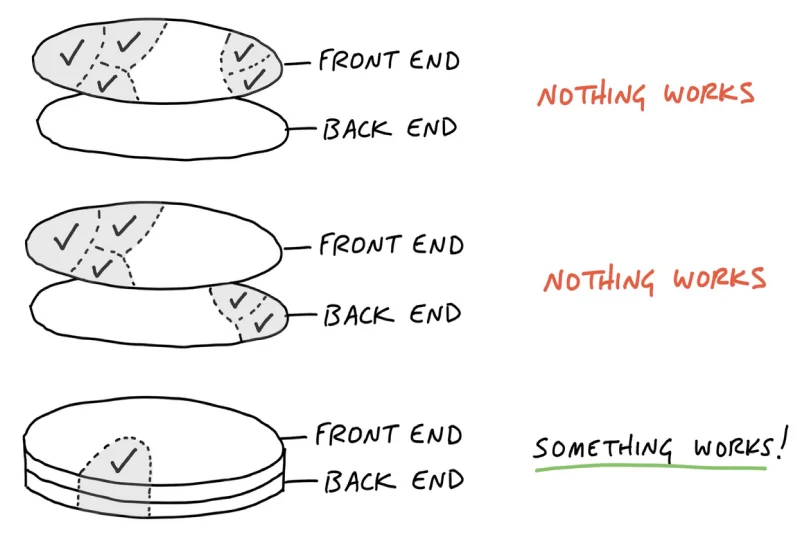
7.3. Tips for successful adoption within existing teams
- Communicate clearly: Explain the rationale behind Shape Up and its benefits to all team members.
- Provide training and support: Offer training on shaping, betting, and the overall Shape Up process.
- Foster a culture of trust: Encourage open communication and collaboration.
- Celebrate successes: Acknowledge and celebrate successful Shape Up cycles.
- Start small: Do not attempt to change everything at once. Small incremental changes are easier to adopt.
8. Conclusion
Shape Up methodology offers enhanced focus, reduced context switching, improved predictability, and increased team autonomy through its structured six-week cycles, shaping, and betting processes.



